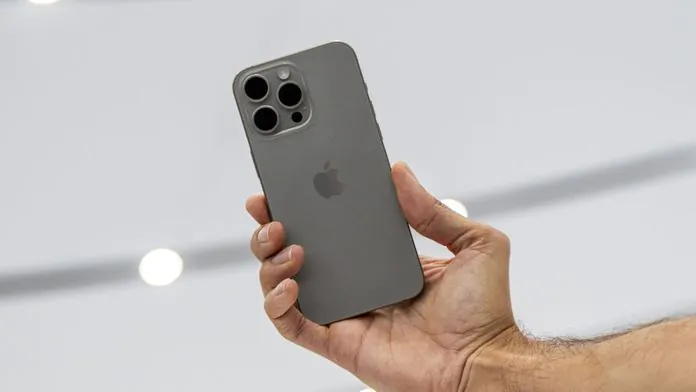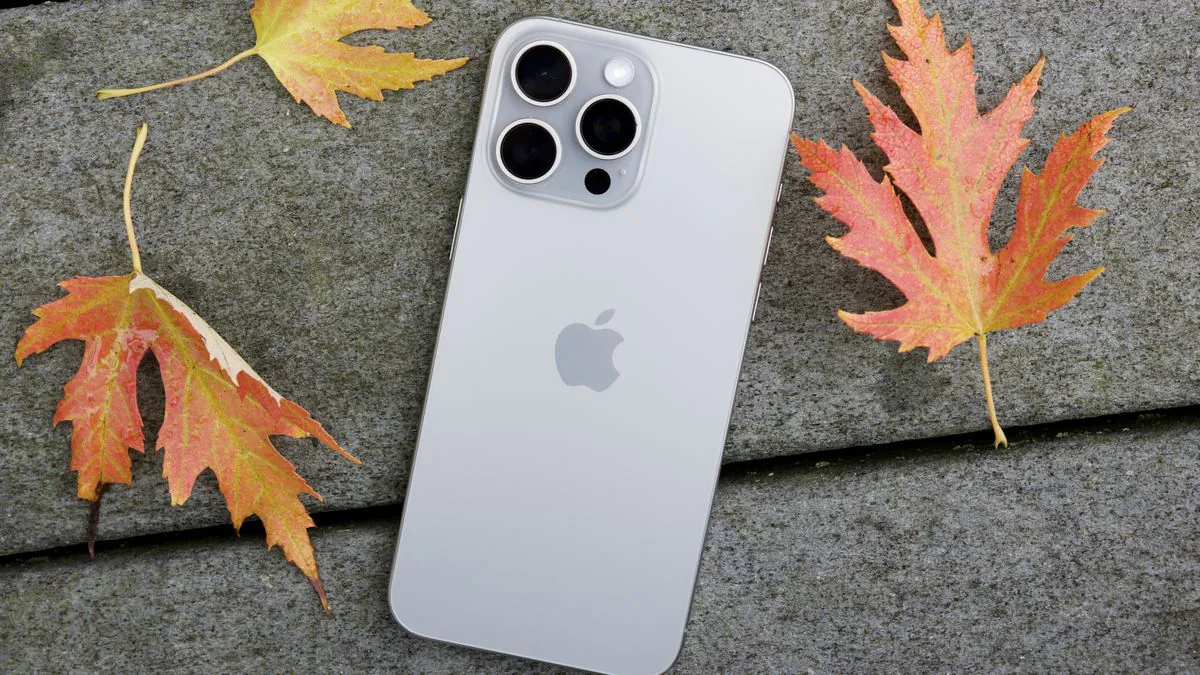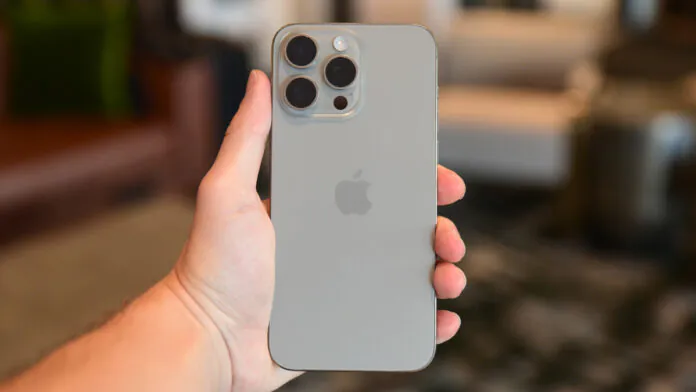© ROOT-NATION.com - Use of content is permitted with a backlink.
Earlier this month, an analyst at Barclays said there was nothing special about the iPhone 16 series that would help reverse the downward trend in iPhone demand. As a result, it cut its rating on Apple to “Underweight,” and in an analyst note, Barclays told clients that “…we see no features or updates that are likely to make the iPhone 16 more attractive.” TF International analyst Ming-Chi Kuo now agrees with him.

“Apple is not expected to release new iPhone models with significant design changes and a more complex/differentiated ecosystem/applications with generative AI until 2025,” he writes in his blog. “Until then, it will likely hurt the dynamics of iPhone shipments and the growth of the Apple ecosystem.”
Even though iOS 18 will add AI features, if Kuo is right (and he’s right quite often), we won’t see Apple move to AI in iPhones until the iPhone 17 lineup in 2025. And the next couple of years for the iPhone, according to Kuo, will not be the best. Already now, the analyst sees a 15% drop in “supplies of key semiconductor components,” which indicates a drop to 200 million iPhone 15 shipments.

According to Ming-Chi Kuo, the decline in the supply of the iPhone 15 line in the first half of this year will be approximately 10%-15%. He predicts the same decline for the iPhone 16 series in the second half of this year, partly due to competition. He writes that the decrease in indicators will be influenced by “the emergence of a new paradigm in the design of high-end mobile phones and a long-term decline in supplies in the Chinese market.”
A new paradigm in high-end mobile phone design involves the use of generative AI and foldable smartphones. Apple does not yet have a foldable device, although it seems that it has been working on it for a long time. The decline in iPhone sales in China, which Kuo predicts, is due to the return of Huawei and the “growing preference of foldable phones among high-end users as the first choice for a replacement phone” in the world’s largest smartphone market.

To show how AI is becoming increasingly important to the smartphone industry, the analyst noted that the addition of generative AI features to the Galaxy S24 line has caused Samsung to revise its forecast for shipments of the manufacturer’s flagship series by 5% through 2024. The analyst compares this to Apple’s downward revision of the iPhone 15 series supply forecast for the first half of this year.
This year, we should see larger screens for the iPhone 16 Pro (6.3″) and iPhone 16 Pro Max (6.9″). The iPhone 16 Pro will feature a Tetraprism periscope camera with 5x optical zoom, and the iPhone 16 Pro Max will feature a 5x optical zoom. The iPhone 16 and iPhone 16 Plus can be equipped with the 3nm A18 Bionic chipset, while the iPhone 16 Pro models should be equipped with the A18 Pro processor. All four models are rumoured to get a new Capture button for video recording. One theory is that it’s added to help shoot spatial videos for 3D viewing while wearing Vision Pro.
Read also:
- Apple iPad and MacBook models might launch in March
- Zoom app for the Apple Vision Pro has been debuted ahead of the product launch


